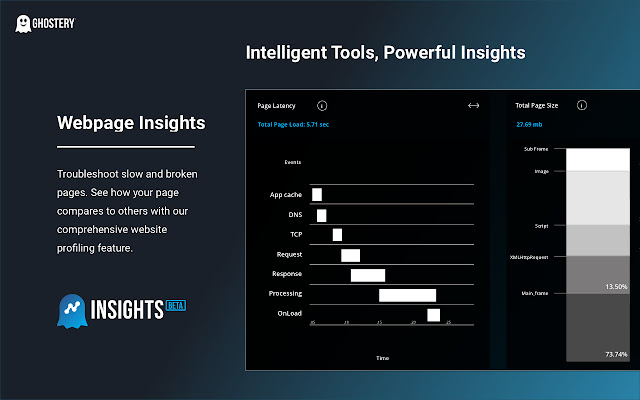What is curb trading?
In everyday life, curb trading evokes the image of street-side deals—quick, flexible, and happening where you are. In today’s web3 financial world, curb trading is less about a street corner and more about bringing the speed, accessibility, and street-smart mindset of informal markets into formal, tech-enabled markets. It’s the idea that you can place, manage, and adapt trades across multiple assets—forex, stocks, crypto, indices, options, commodities—wherever you are, with tools that hide the friction of traditional venues.
Defining curb trading in today’s markets Curb trading today means meeting the market on its own terms: mobile access, cross-venue liquidity, and smart-contract-enabled execution that cuts through old gatekeeping. It’s not a single platform, but a philosophy: you trade with minimal waiting, through open interfaces, and with the transparency and programmable logic of DeFi and smart contracts backing each move. A few years ago I stood in a coffee shop, watching my screen load a multi-asset quote across FX and crypto in seconds. That moment captures curb trading’s rhythm: fast, opinionated, and ready to react to news, headlines, or a dip in volatility.
Why it matters in a web3 world The web3 era is about permissionless innovation and composable building blocks. Curb trading mirrors that spirit: you don’t need a formal brokerage gatekeeper to access global markets; you leverage interoperable protocols, on-chain custody, and open data feeds to place orders, hedge risk, and adjust positions in real time. It also lowers the barrier for smaller traders to participate in complex strategies—without handing over control to a single intermediary. The vibe is practical: you rely on secure custody, verifiable audits, and a trail of on-chain activity you can inspect.
Asset classes and how curb trading adapts
- Forex and indices: fractional liquidity pools and cross-chain bridges can translate macro moves into rapid hedges.
- Stocks and commodities: tokenized or synthetic assets enable exposure with faster settlement and flexible leverage.
- Crypto and options: perpetuals, on-chain options, and synthetic assets offer real-time risk management on a single dashboard.
- Diversification: the curb trading mindset thrives on cross-asset opportunities, turning a single signal into a multi-asset response.
Features and advantages
- Speed and accessibility: trades execute on-the-go, often with lower friction than traditional desks.
- Transparency and control: clear on-chain records, verifiable liquidity, and auditable price feeds.
- Flexibility: dynamic leverage, risk controls, and modular tools that adapt to your strategy.
- Practical risk lessons: start with a small, disciplined position, test your strategy with paper trades, and scale as you gain comfort.
Risk, reliability, and leverage strategies Leverage amplifies both gains and losses. A balanced approach is to keep leverage conservative for volatile markets (2x–5x for FX, shorter-term crypto exposures), and use tighter stop-loss levels. In practice, I’ve found that combining on-chain risk parameters with off-chain analytics—like macro cues or earnings gaps—helps prevent overreaching. Security matters: use reputable custodians, hardware wallets for long-term holdings, and multi-signature schemes for funds. For reliability, rely on audited protocols, insured pools where available, and diversified liquidity sources to avoid single-point failures.
DeFi, decentralized trading, and challenges Decentralized finance offers open access but still battles fragmentation, liquidity depth, and regulatory ambiguity. Front-running, oracle mismatches, and governance delays can slow execution or distort prices. Yet these challenges drive a practical approach: diversify across trusted protocols, monitor liquidity depth, and keep guardrails around capital—especially when using automated strategies.
AI, smart contracts, and future trends Smart contracts will increasingly automate routine decisions—rebalancing, scaling in and out of positions, and cross-asset hedging. AI may enhance pattern recognition, risk scoring, and anomaly detection, allowing you to react faster yet with disciplined risk limits. Expect smarter charting tools, better on-chain analytics, and deeper interoperability among layers of the ecosystem, from layer-2s to cross-chain liquidity hubs.
Promotional insight and a closing thought Curb trading is a mindset as much as a method—a way to trade where you are, with the tools you need, and the discipline to stay within your plan. Trade curb, trade smarter, and ride the pace of web3 forward. For traders ready to embrace this on-demand, multi-asset era, curb trading isn’t just a tactic—it’s a horizon.



